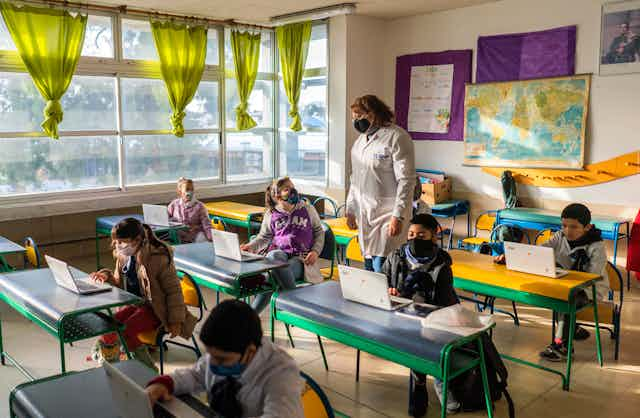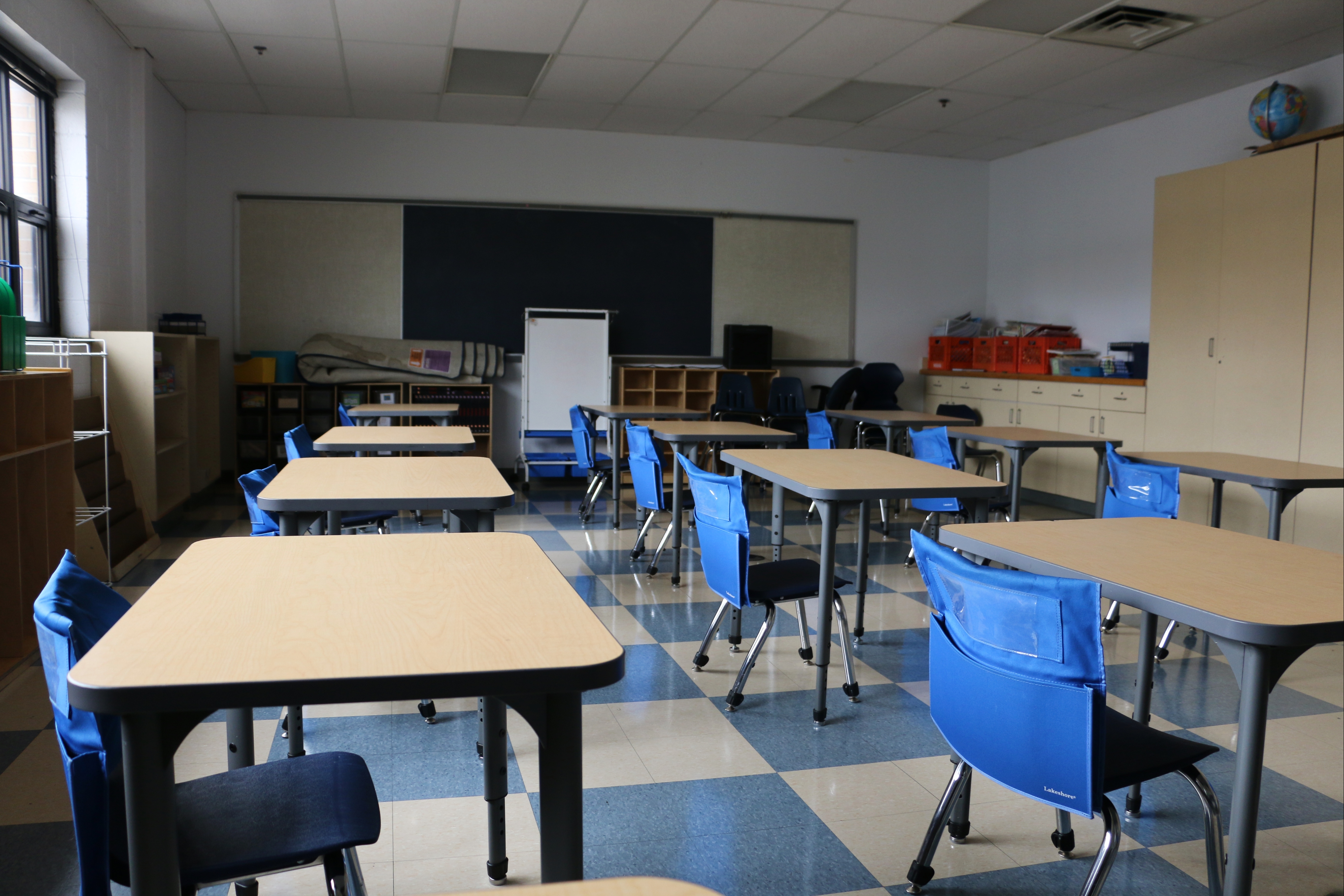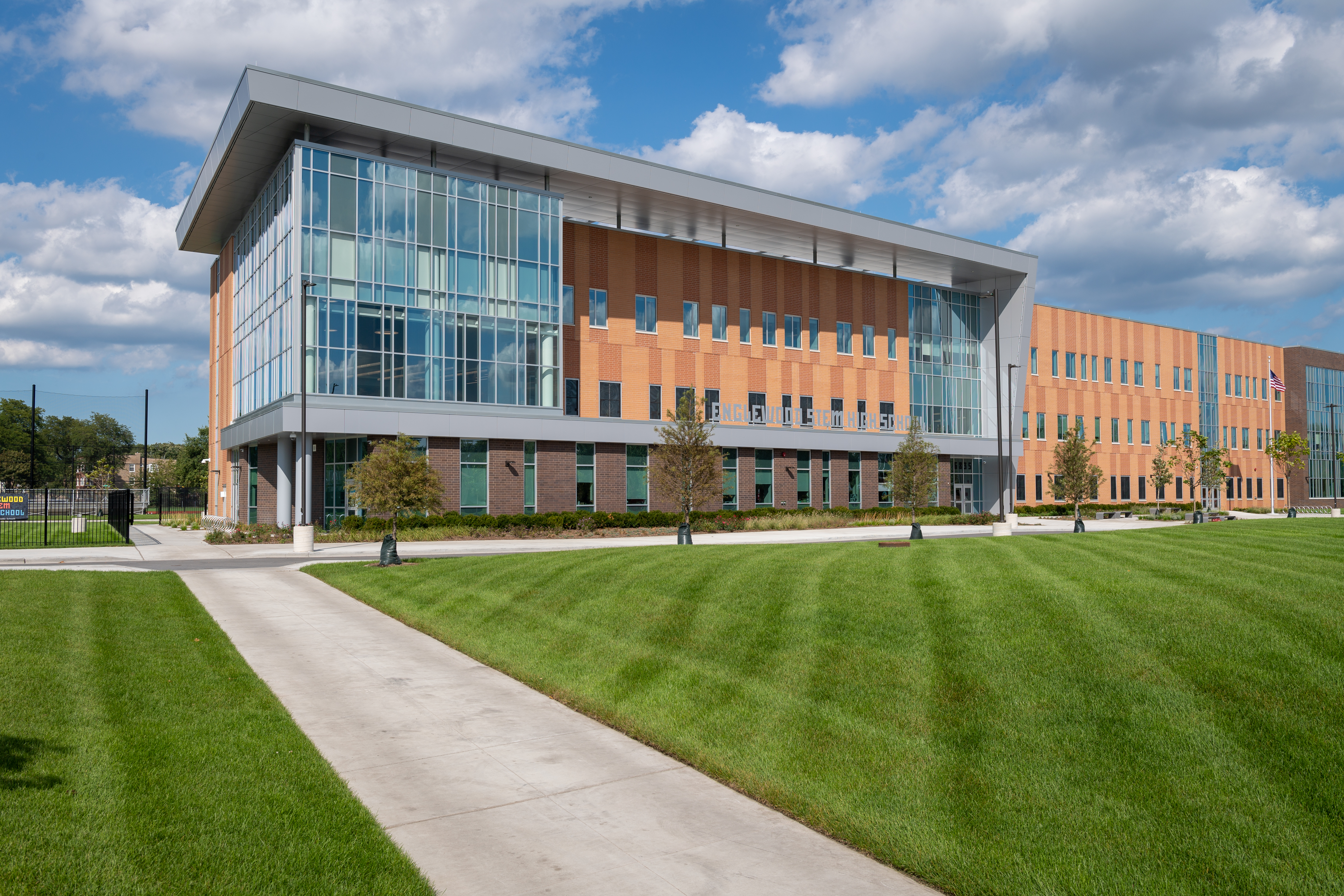Check Out the Challenges Facing Our Area: Save Temecula Schools
Check Out the Challenges Facing Our Area: Save Temecula Schools
Blog Article
The Influence of School Environments on Academic Success and Personal Well-Being
The layout of instructional spaces, consisting of natural illumination and ergonomic furnishings, can boost students' concentration and comfort. How can institutions strategically enhance these facets to much better support their students?
Physical Format and Layout
Just how does the physical design and layout of an institution effect scholastic success? The plan and visual of a school environment can considerably influence pupils' learning end results.
All-natural lighting and efficient ventilation systems are crucial in improving cognitive function and minimizing absenteeism. Studies have actually revealed that classrooms with enough natural light boost trainee concentration and decrease sensations of sleepiness. In addition, ergonomic furnishings tailored to trainees' needs can avoid physical discomfort, enabling long term focus and involvement in academic tasks.
Accessibility to exterior areas and cosmetically pleasing surroundings likewise play a vital role - Save Temecula Schools. Green areas and properly maintained college grounds supply chances for workout and psychological leisure, both of which are very important for maintaining high degrees of scholastic performance. Basically, a thoughtfully made physical environment can act as a driver for scholastic quality, cultivating an environment that supports both mentor and learning
Classroom Environment
A setting that cultivates a sense of safety, inclusivity, and mutual respect motivates pupils to involve more actively in their knowing processes. The setting of a class, consisting of aspects such as lighting, noise degrees, and seating plans, can considerably influence trainee concentration and inspiration.
Moreover, the class ambience should sustain a culture of collaboration and open interaction. They are extra likely to involve deeply with the product and develop essential thinking abilities when pupils really feel comfy expressing their concepts and asking questions. Peer communications and group activities can boost understanding by giving diverse viewpoints and promoting team effort
Additionally, establishing clear expectations and regular routines can develop a structured setting that allows students to focus on their studies. By minimizing uncertainty and giving a predictable structure, students can better manage their time and obligations. Inevitably, a positive classroom environment not just enhances academic efficiency however likewise contributes to the general well-being of pupils, preparing them for future instructional and individual undertakings.
Teacher-Student Relationships
Structure on the value of a positive class ambience, the relationships between pupils and teachers play an essential function fit academic success. A healthy and balanced teacher-student connection promotes a finding out atmosphere where trainees really feel valued, recognized, and supported, which substantially boosts their inspiration and interaction. When students regard their instructors as approachable and compassionate, they are a lot more likely to participate actively in class and look for assistance when needed, adding to a deeper understanding of the subject matter.

This depend on makes it possible for trainees to share their problems and concepts easily, fostering a collective understanding environment. In significance, solid teacher-student partnerships are a foundation of academic success, playing a critical role in both scholastic accomplishment and personal growth.
Peer Interactions
Peer communications dramatically affect academic success by shaping a pupil's social and cognitive development. Within the school atmosphere, peer connections act as a fundamental part for learning and individual development. Positive peer interactions can enhance a student's inspiration and interaction in academic tasks via collective knowing and mutual support. When trainees interact in group setups, they exchange ideas, fix problems collectively, and develop essential assuming skills. Such communications foster a feeling of belonging and community, which is crucial for psychological well-being and scholastic willpower.

Efficient peer interactions likewise add to the growth of necessary life skills, such as problem, collaboration, and interaction resolution. These social expertises are essential for both scholastic success and individual health, highlighting the value of promoting favorable peer dynamics within the institution setting.
Extracurricular Activities
Engaging in extracurricular tasks plays an essential function in a trainee's academic success and individual development. These activities, varying from sports groups to you can try this out question clubs, offer trainees opportunities to develop beneficial abilities such as management, time monitoring, and teamwork. Research constantly indicates that students who take part in extracurricular activities tend to attain greater scholastic performance. This correlation is commonly credited to the organized setting and the discipline required to stabilize both scholastic and extracurricular commitments.
Furthermore, extracurricular involvement cultivates a sense of belonging and community, which is necessary for personal well-being. Joining group tasks allows trainees to construct and strengthen social networks, improving their social and emotional knowledge. These interactions are essential for creating interpersonal skills that are beneficial in both future and scholastic professional environments.
Additionally, extracurricular activities provide a positive outlet for pupils to discover their passions and interests past the standard curriculum. This expedition can cause the exploration of new abilities and potential career paths, better inspiring students to involve more deeply in their academic work. To conclude, the function of after-school activities expands beyond mere leisure; they are indispensable to promoting an alternative educational experience that promotes both academic success and individual growth.
Verdict
Attentively made physical designs and classrooms, along with favorable teacher-student connections and positive peer communications, considerably improve trainee motivation and engagement. These components jointly highlight the relevance of creating and preserving ideal college environments for the benefit of pupils' personal and scholastic development.
Ultimately, a positive classroom atmosphere not only improves academic performance but also adds to the overall well-being of trainees, preparing them for future instructional and personal undertakings.

Report this page